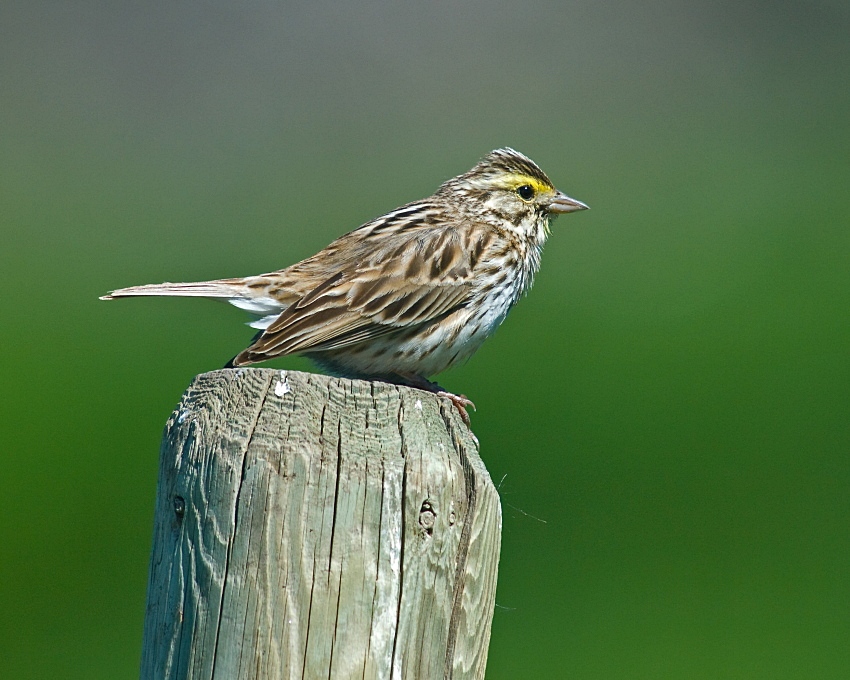The hallways of the Lake Morey Resort were abuzz last weekend during the annual Vermont Grazing and Livestock Conference in Fairlee, Vermont. I was there to share a dialogue with farmers, and show the progress made on my graduate project, “Conserving Grassland Bird Habitat on Private Land in the Upper Valley.”
My goal was to solicit feedback on potential management practices that would help bridge an implementation gap – to move from ideas about how to conserve grassland bird habitat to actually putting them into action. A partnership between the Vermont Center for Ecostudies, NH Audubon, and Plymouth State University, our project ultimately will help increase grassland habitat in the Upper Valley that is beneficial to declining grassland birds.
Hosted by the UVM Center for Sustainable Agriculture, the conference attracts farmers from all over New England and sponsors from across the country. While setting up my table, I made acquaintances with my neighbors. Businesses were advertising products such as cattle breeds, fertilizers and work tools, and natural resource organizations were promoting ways to make farmland profitable while protecting soil, water and wildlife.
Farmers and other private landowners hold the key to preserving existing populations of grassland birds through their management choices. Undeniably, grassland birds in Vermont and beyond are facing serious population declines due to habitat loss and intense hayfield and pasture management.
The farmers that passed by my table and attended my talk showed an interest and posed excellent questions. I was able to resolve common misconceptions and offer effective management options. Some attendees told me they weren’t aware that grassland birds were facing population declines. Some wondered why the declines were happening, and some were eager to try new practices on their fields. Those that were already trying to manage parts of their fields for birds were proud to tell me about it. There were skeptics too, who found it difficult to understand that grassland birds were in trouble or that my recommendations would be feasible or helpful.
At the end of that snowy day in the Upper Valley, I learned that farmers are eager to listen as well as to help guide us, and we need to keep the conversation going. Providing practical ideas and strategies that benefit birds and farmers alike will be key. So, let’s keep talking!
Contact me if you have any questions, or join me at my next presentation at the Grafton County Conservation District annual conservation plant sale on March 6, 2014, at the UNH Co-op Extension Conference Room, Grafton County Complex, Route 10 in North Haverhill, New Hampshire.
Jamie Sydoriak – Masters student
jamiesydoriak”at”gmail.com
Center for the Environment at Plymouth State University


Good to see you Jamie!
You, too, Ron! Thanks for finding me at the Conference to say “hi” and catch up 🙂